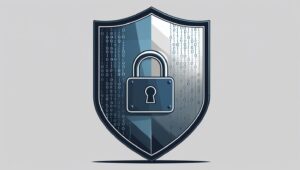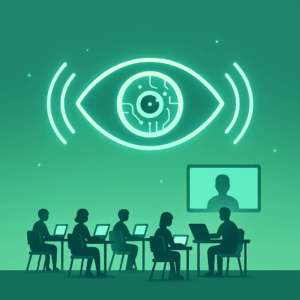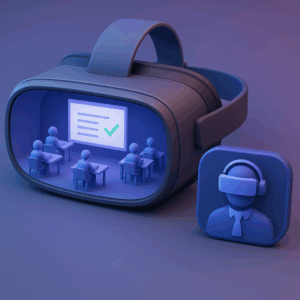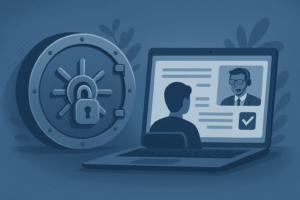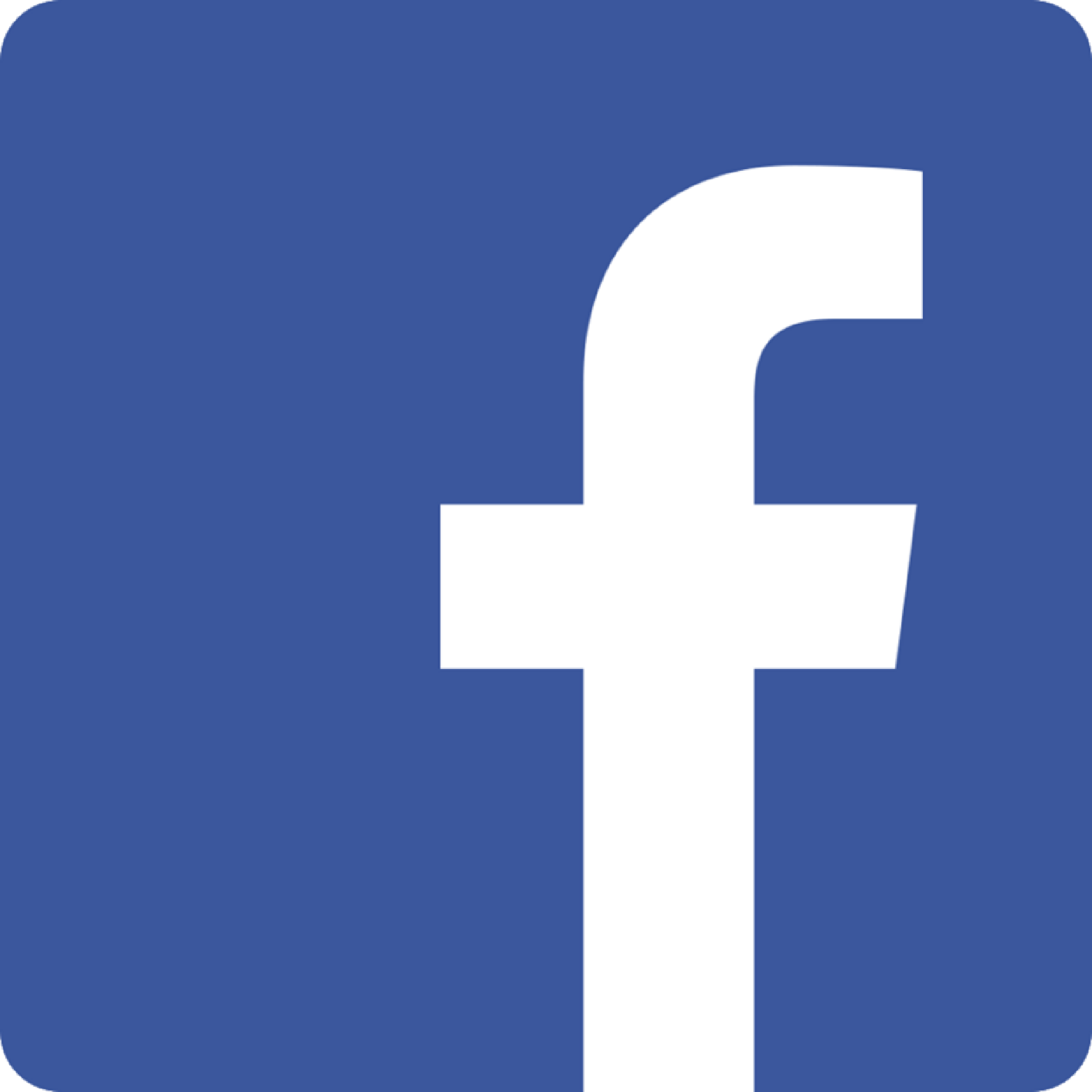The number of purpose-driven EdTech platforms in the education industry has increased significantly in recent years. Tutors and students benefit greatly from using these technologically advanced platforms. Furthermore, the epidemic has increased their need beyond anything previously occurring. EdTech platforms have significantly improved students’ learning through hybrid learning methods.
Hybrid Learning: Then & Now
From a historical perspective, the emergence of hybrid learning was linked to increased internet usage. Education entered the picture when more and more industries around the globe began using the Internet. Advanced educational institutions in industrialized countries began utilizing a variety of models and hybrid learning techniques. However, everyone has realized the benefits of hybrid learning in recent years and is using it fully.

Given how quickly it is growing, the time when learning takes place outside of classrooms and school walls is close enough. Students make the most of technology by employing it to learn, comprehend, and apply their education far more efficiently. Educators and educational institutions are also racing to try fresh approaches to hybrid learning to make instruction more interesting and healthful.
How EdTech Platforms Leverage Hybrid Learning:
Roughly thirty-two EdTech unicorns became well-known globally in 2022. They have provided excellent examples of using hybrid learning models to upskill EdTech students properly. These platforms have piqued the curiosity of many investors who see great things ahead for the education sector. It’s interesting to observe how these EdTech platforms specifically apply blended learning strategies to raise student enthusiasm for learning.
- Beyond Limitations
One incredible advantage of blended learning that EdTech platforms have made possible is the ability to impart information and education outside the classroom. The courses available on these sites are accessible to EdTech students worldwide. Even knowledgeable and experienced tutors from all around the world can advise pupils who live far away.
- Adjustable Schedules
Because the course material is always accessible on the platforms, students may feel more powerful & free. The days when missing a lesson would seriously impair their learning are long gone. Students can now select the time that works best for them to learn. Particularly for EdTech students, these platforms allow them to complete their coursework and use in-person sessions to address further questions. This kind of e-learning helps students grasp the material and is advantageous for EdTech platforms.
- Remove the Drawbacks of Physical Education
Some students have found physical learning difficult regardless of our beliefs or acknowledgment. The top EdTech platforms have eliminated several student concerns, including social anxiety, peer pressure, and more, through the thoughtful application of hybrid remote learning. Students who struggle to express themselves publicly may find solace in the hybrid learning framework. They can learn without being constrained by social interactions with online course materials.
- Open Communication
Another huge advantage is that hybrid learning provides a proper, process-oriented mechanism for the learning and evaluation process. Here, there is virtually little room for error as EdTech corporations assess students’ progress using cutting-edge techniques. Tutors or assessors can use technology-backed tools to determine how effective the learning process has been. Sometimes, students must demonstrate their performance in their evaluation process to the fullest extent possible in a strictly physical setting. Which EdTech platforms can easily handle in the hybrid scenario by utilizing effective proctoring tools.
It is one thing to read about our amazing solution and another to experience it in action.
- Promoted Help from Peers
A few of these EdTech platforms encourage students to take charge of their education so they may become independent and future-ready. Peer-assisted learning is one such technique that can be very helpful to kids who are ready for a more competitive future. Not only is this learning approach demanding, but it has also shown to be more effective & captivating. Thus, it has been demonstrated to be the most effective learning strategy used by EdTech platforms to upskill the learning curve of segment students.
- Expansion of Experiential Education
EdTech platforms, armed with cutting-edge technology, are reshaping students’ futures to be more purposeful. Students can now access courses and materials often offered outside colleges and institutions. They can study mechanical engineering in their university programs and learn about digital marketing on these platforms. EdTech platforms have effectively enabled the segment’s kids to learn and become truly prepared for the future.
Summing up
Today is undoubtedly the greatest learning time. Students and mentors collaborate across continental time zones and classroom boundaries to share information. It is reasonable to argue that hybrid online learning approaches will be around for a lot longer than most people think. Thus, students should use them appropriately to maximize their knowledge and upskill. By adopting hybrid learning approaches, EdTech platforms are quickly improving their capacity to provide students worldwide with more thorough learning experiences.

